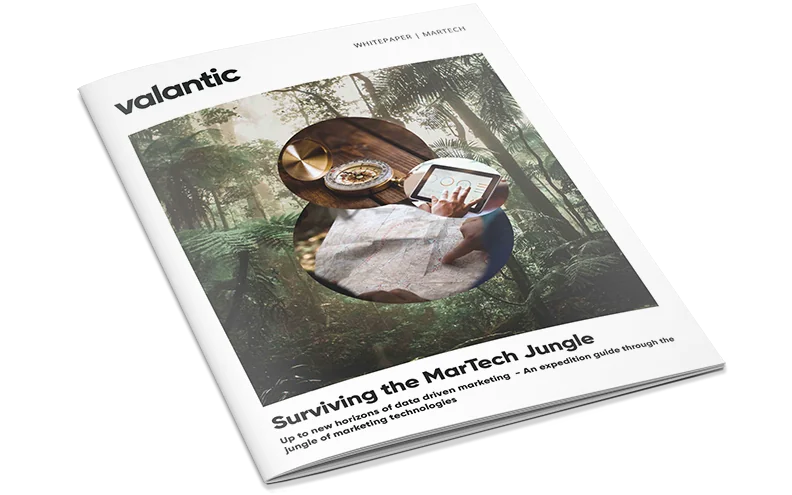CDP implementation: data collection
April 5, 2023

April 5, 2023

The valantic blog series on CDP implementation provides you with detailed insights into the different stages of the project. After project organization, the specification and the basic configuration, stage three in the implementation process follows: data collection.
In the prior specification phase, all participants defined which data is required for the selected use cases and in which form and frequency it should be transmitted to the customer data platform. In the basic configuration, it was determined whether the source systems are directly integrated into the CDP or whether some kind of middleware is required. At this point – stage three – there is clarity about the required source systems and data sets. The following data types can be distinguished:
In addition to the data types just mentioned, the following options for collecting data are integrated in most CDPs:
For the implementation of the data repository, an agile approach is recommended, as already described in the first part of our blog series. That’s why, for the integration of the various source systems, a close exchange with the internal development department is advisable. In this way, tests can be carried out in great detail, and data already supplied can be checked for correctness and completeness. The duration of the implementation process is highly dependent on the number of source systems and the complexity of the use cases, which is why the timeframe can vary from a few weeks to several months. An agile implementation approach offers the advantage that less complex use cases can be implemented at an early stage.
Once the basic configuration is complete and the implementation of the data sets is underway, the next stage of the project can begin: configuration of the use cases.

Whitepaper “Surviving the MarTech Jungle”
Our whitepaper “Surviving the MarTech Jungle” provides deeper insights into the topic of MarTech
Don't miss a thing.
Subscribe to our latest blog articles.